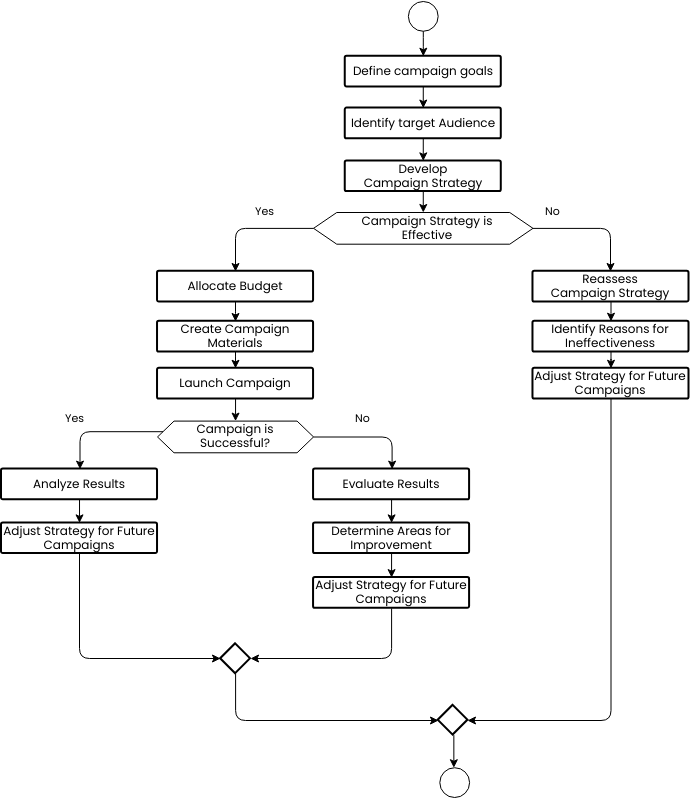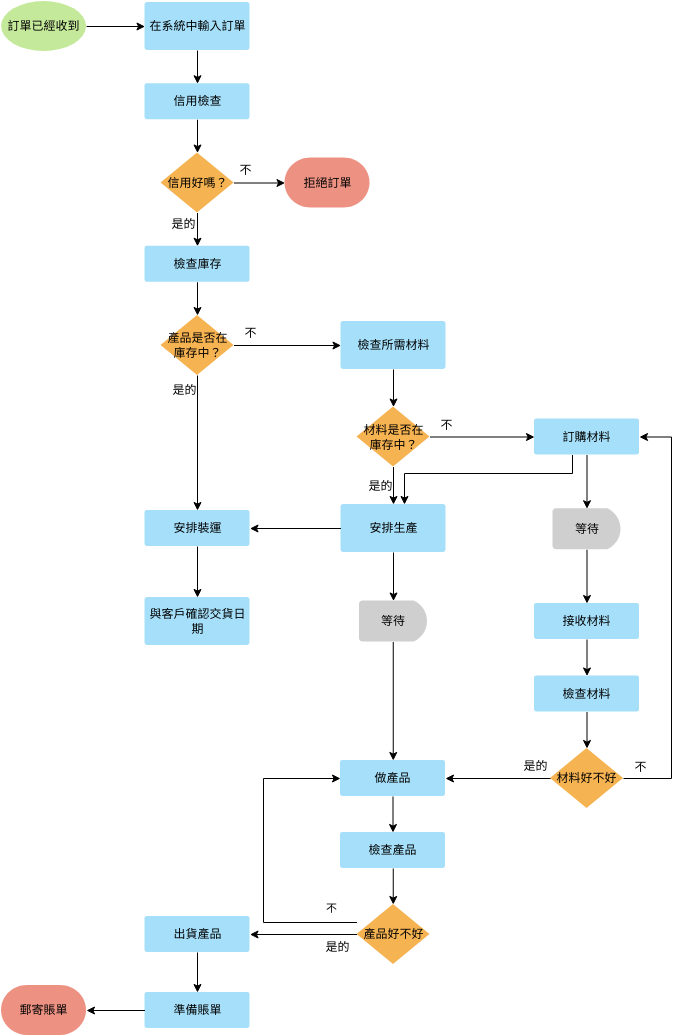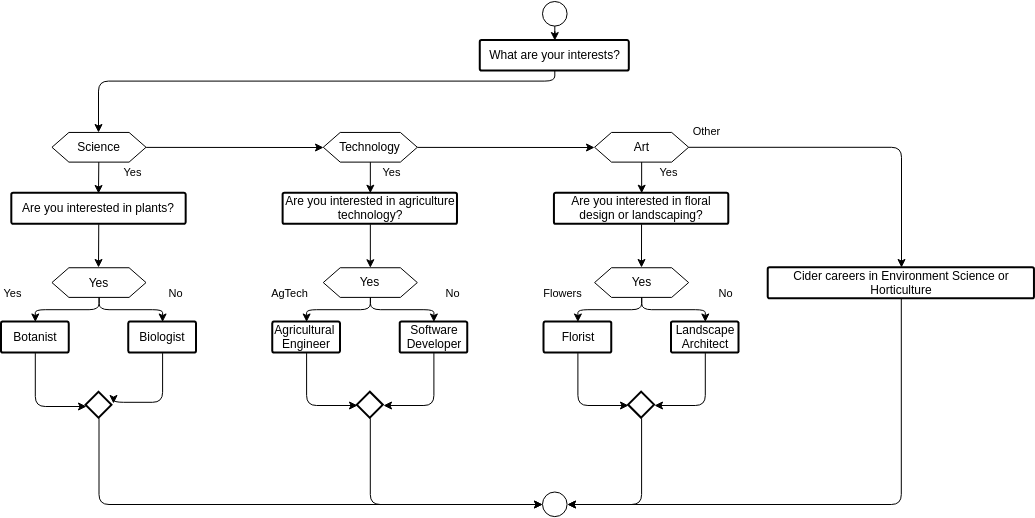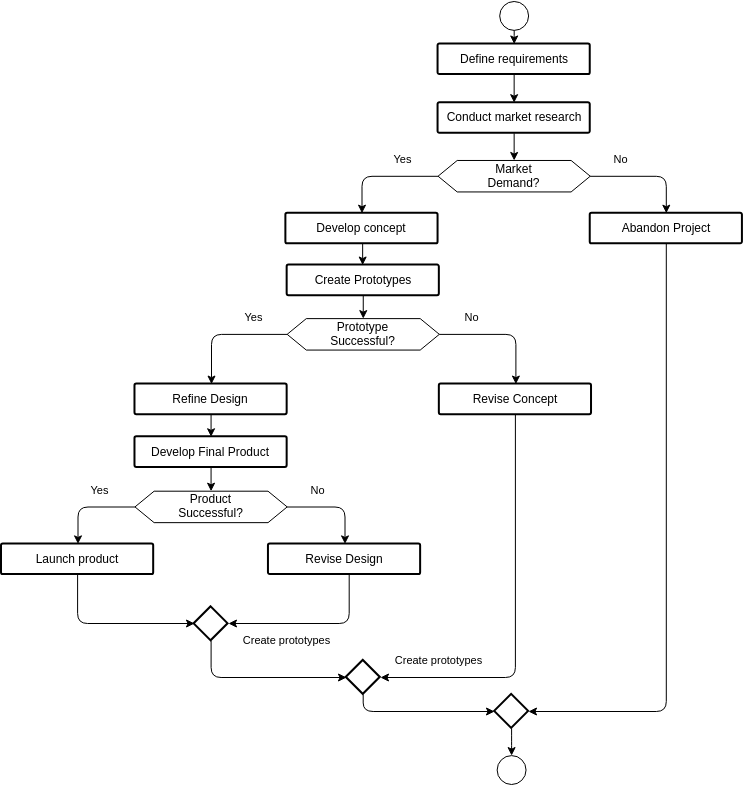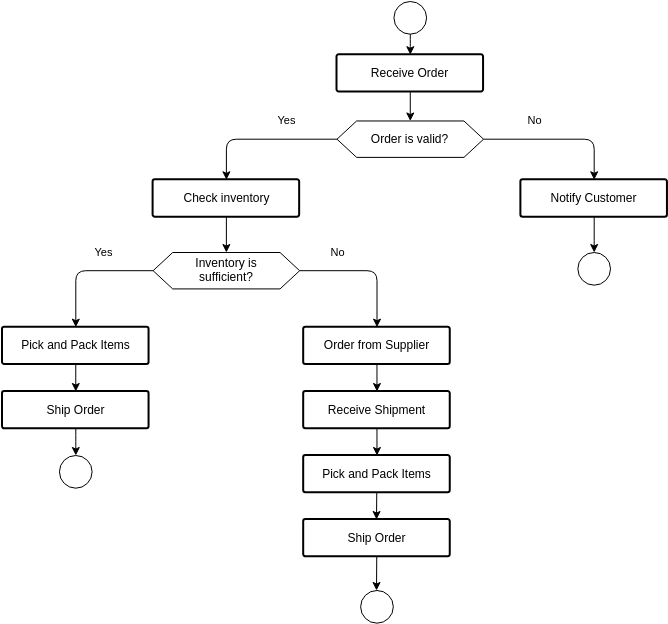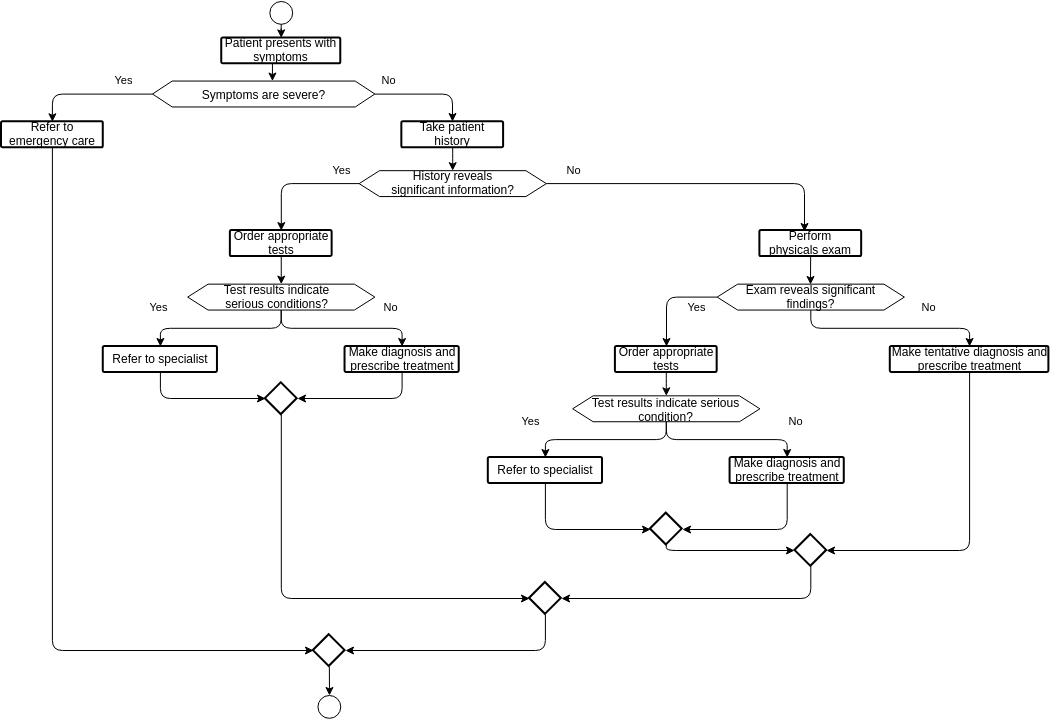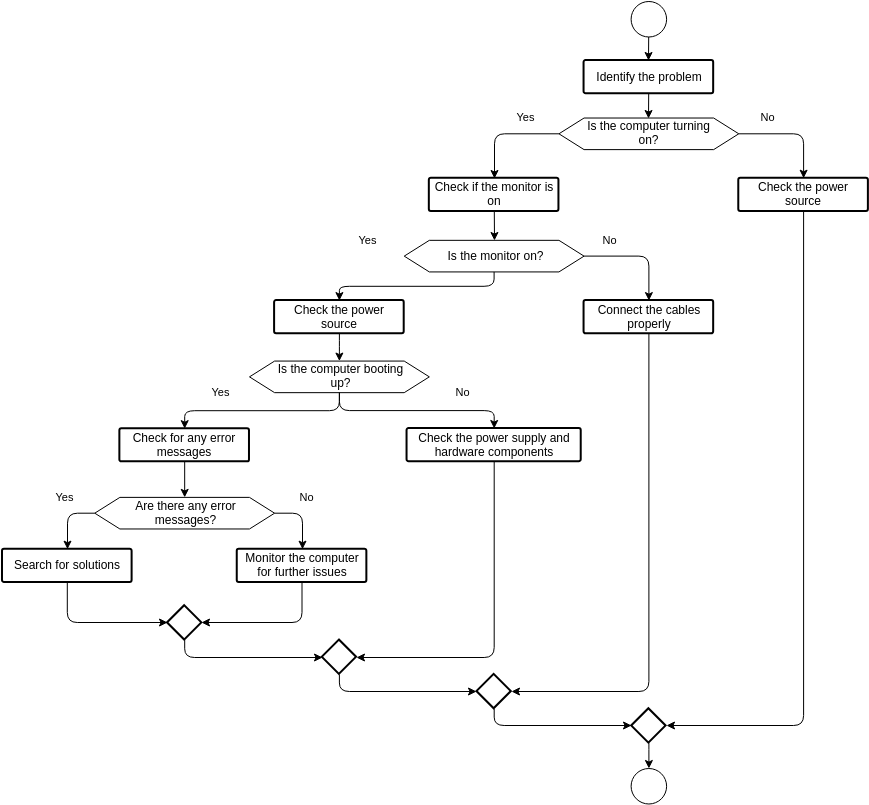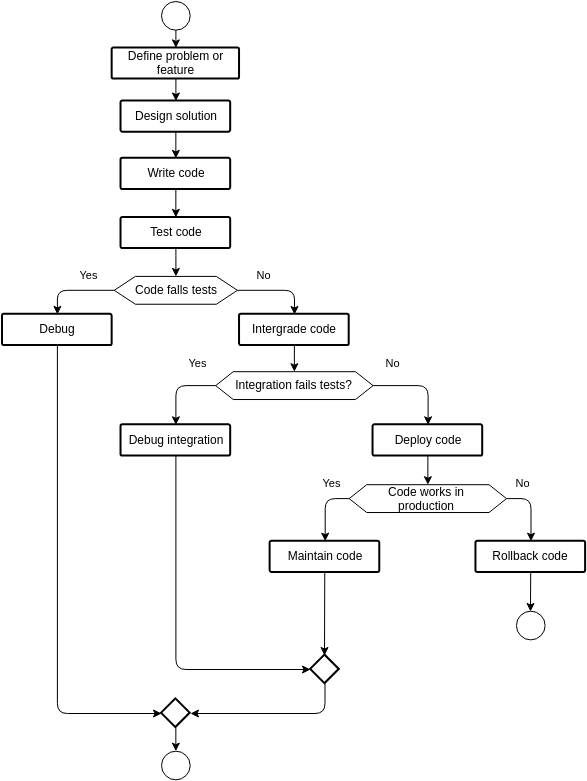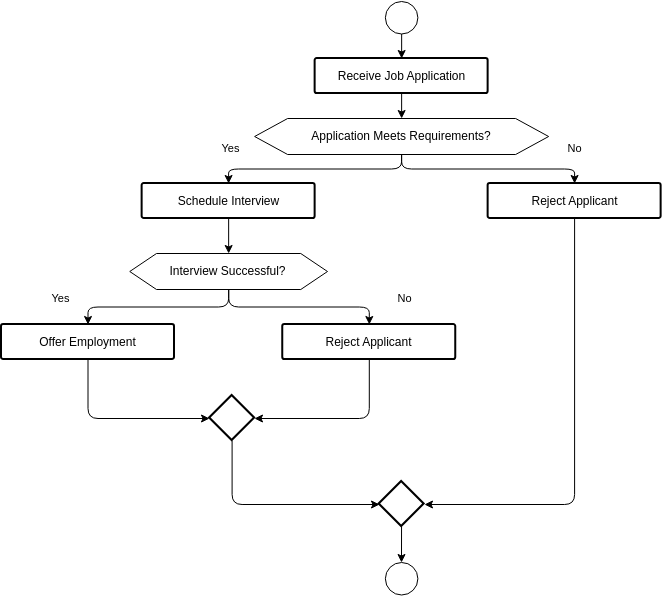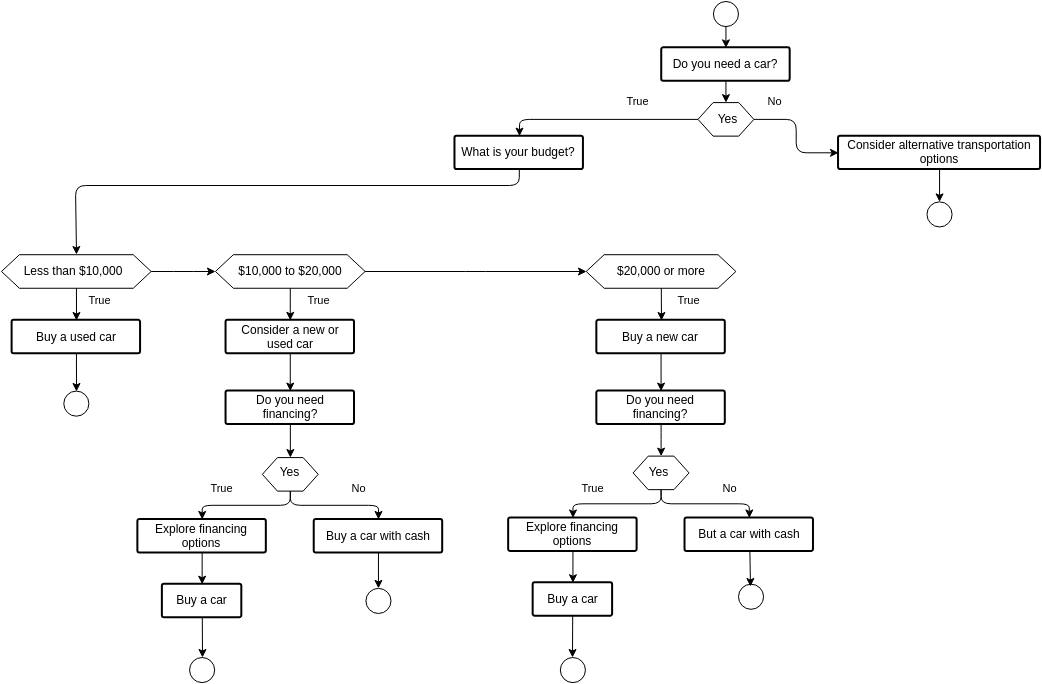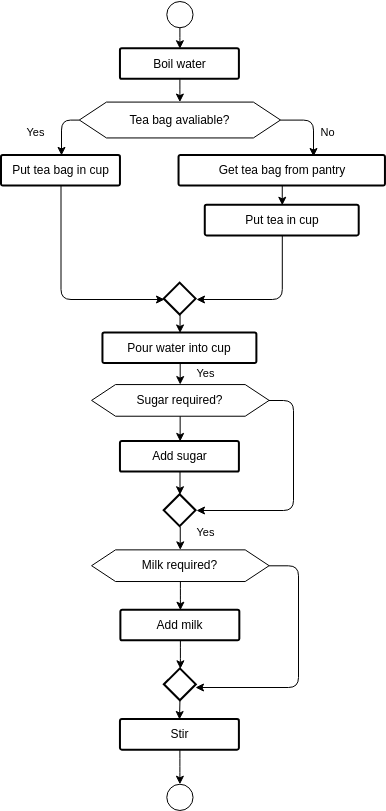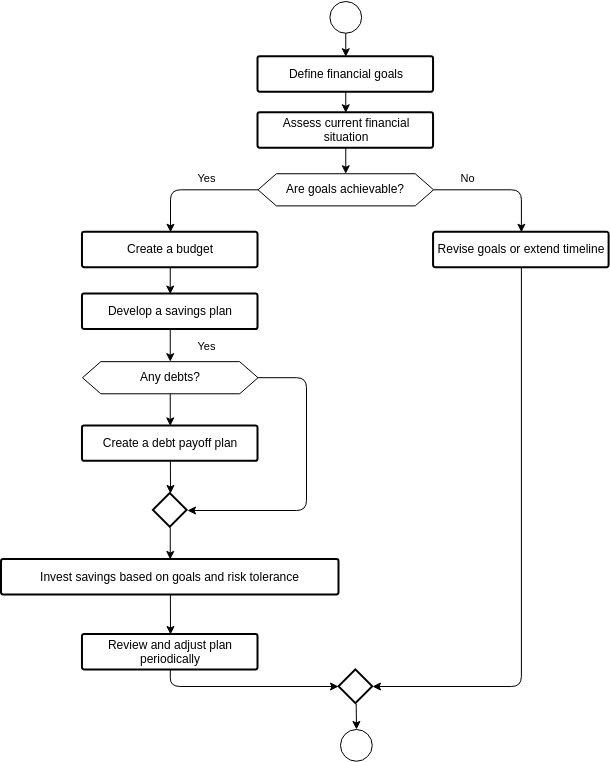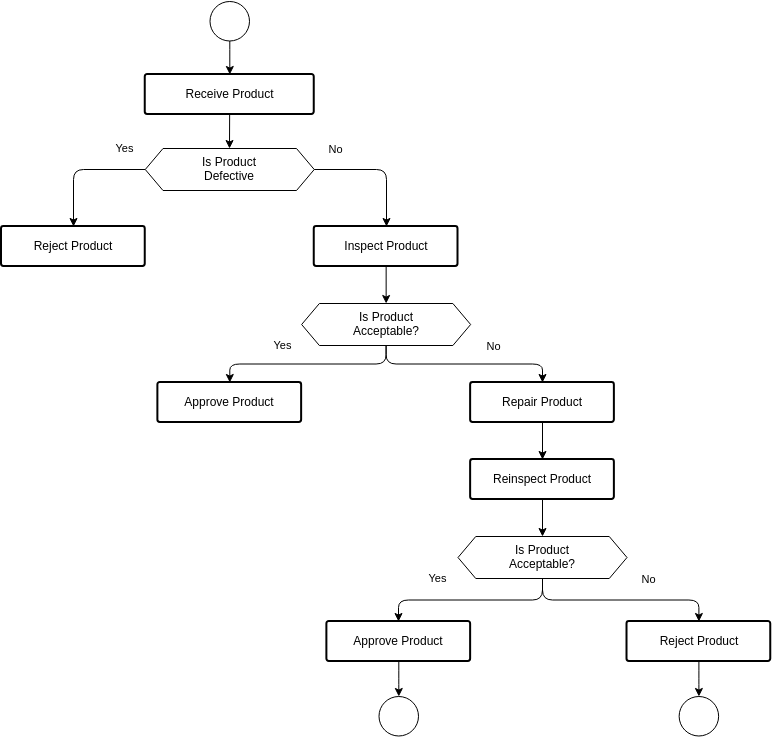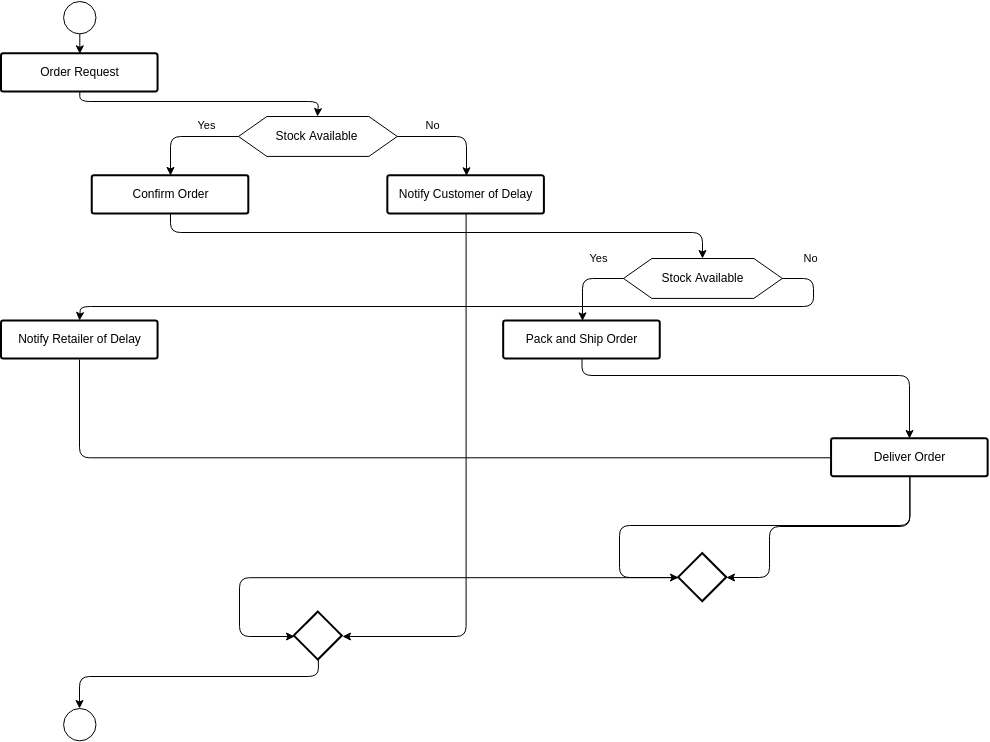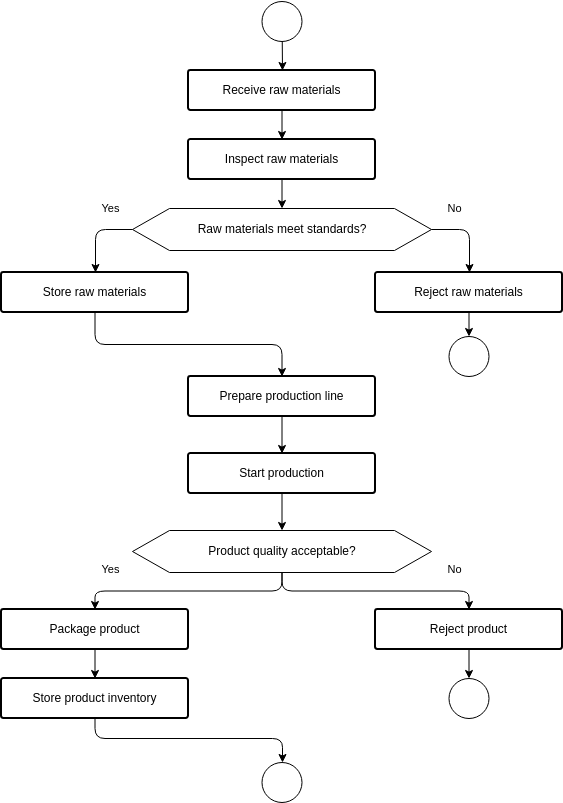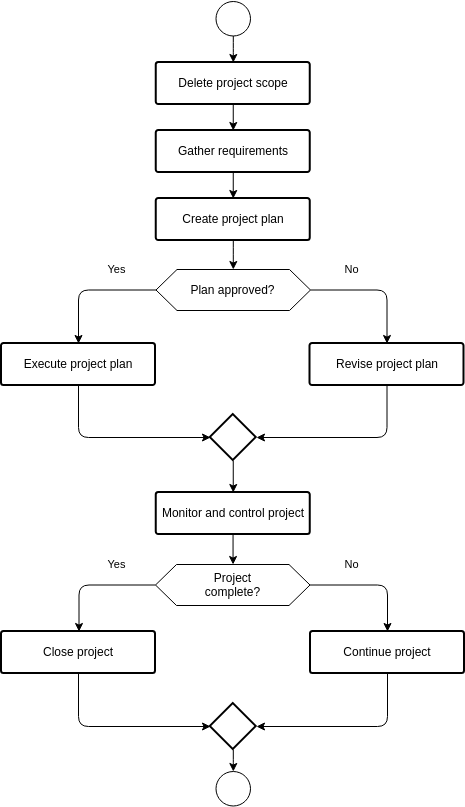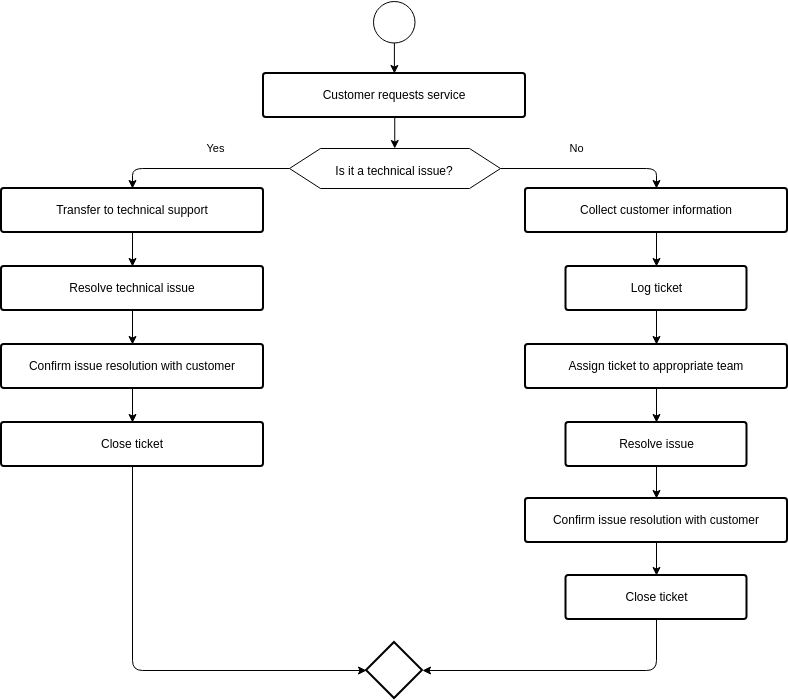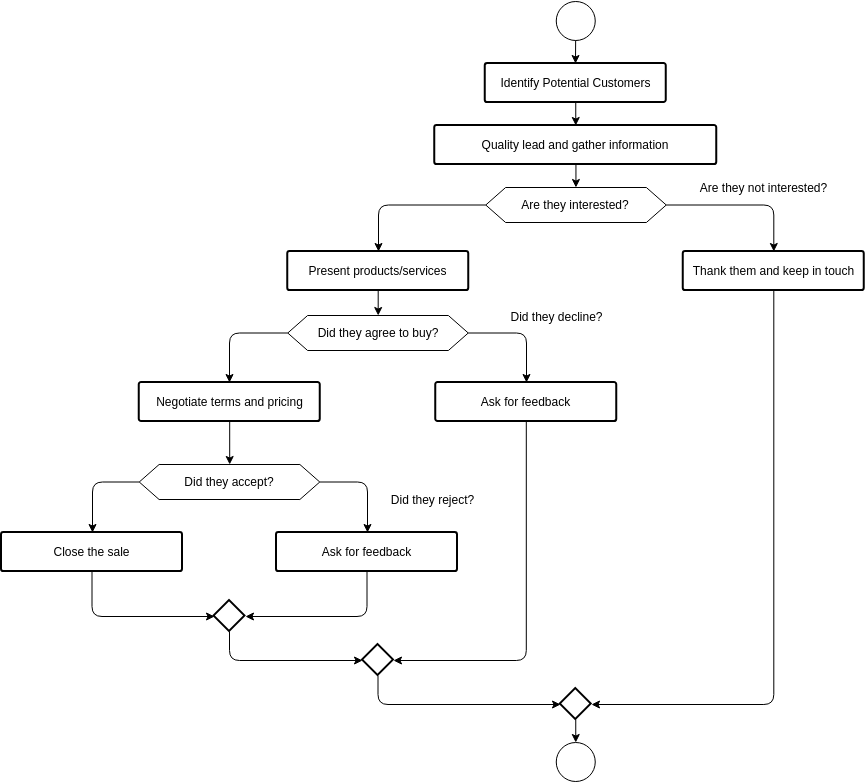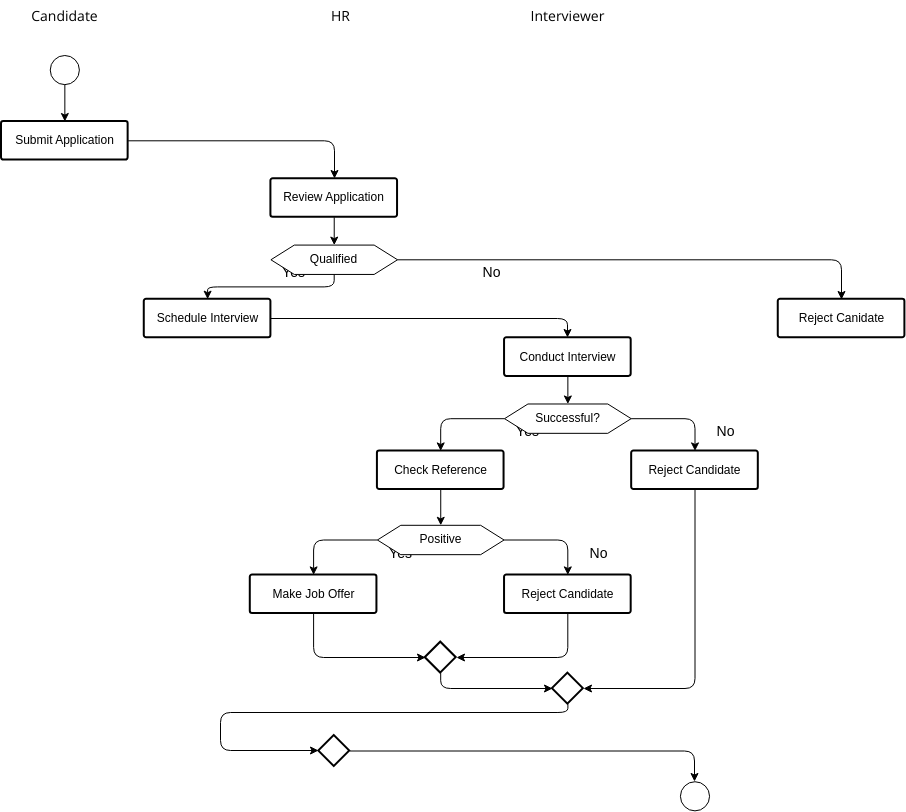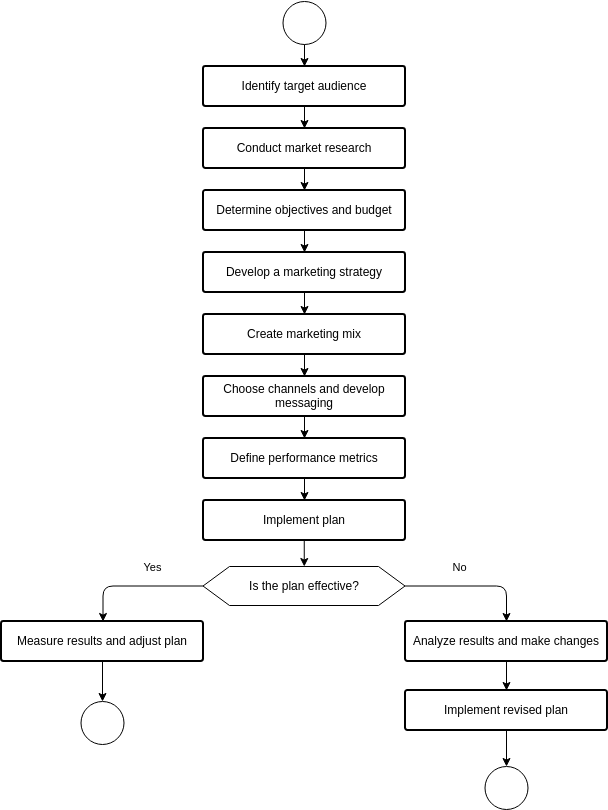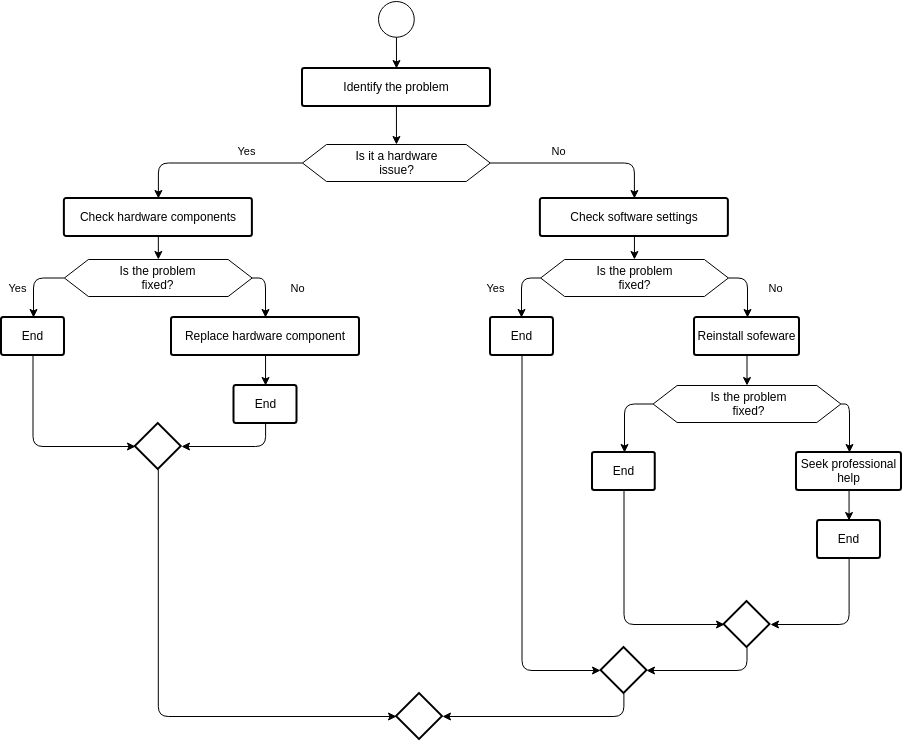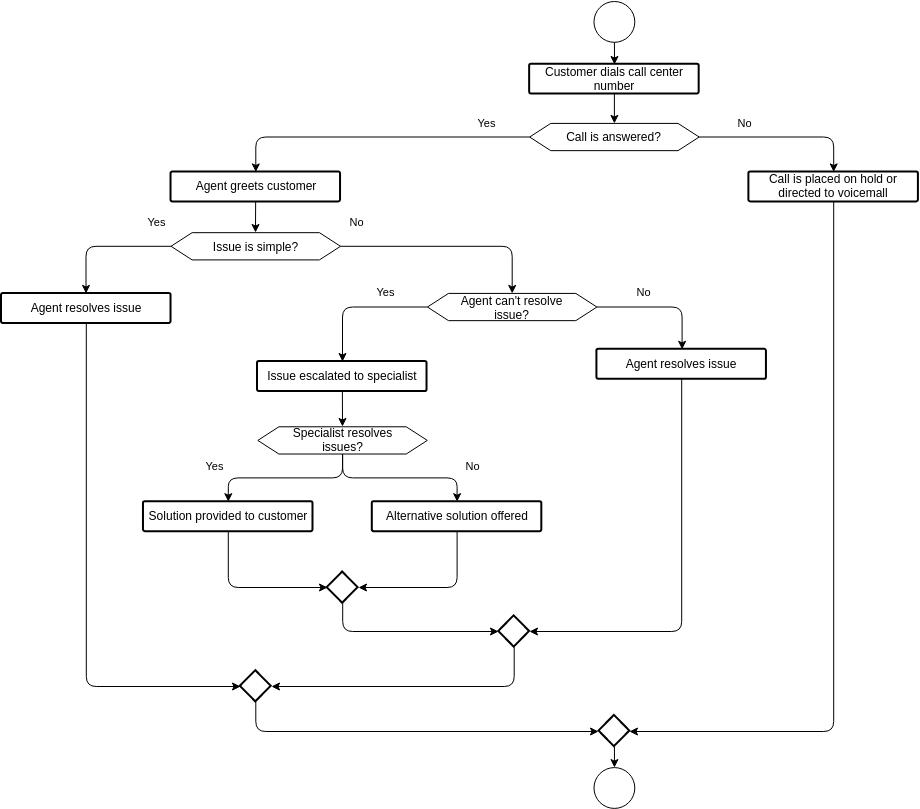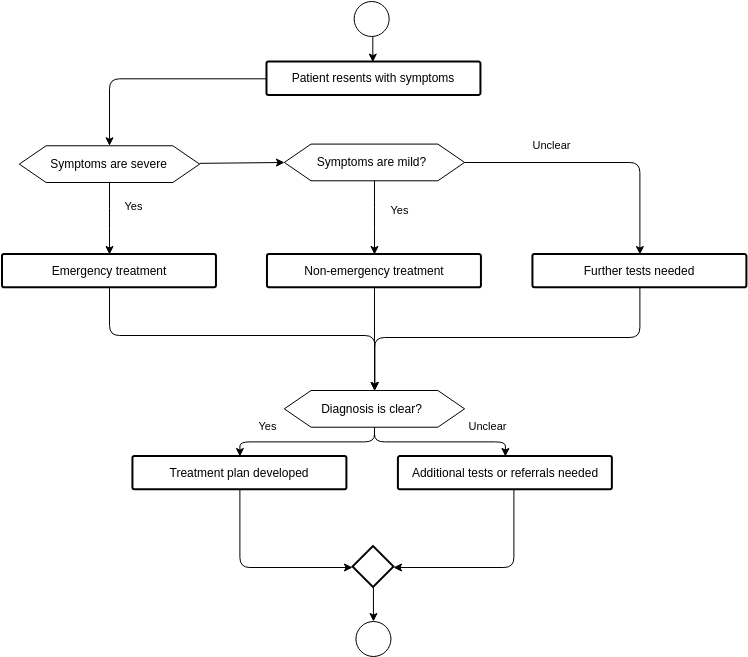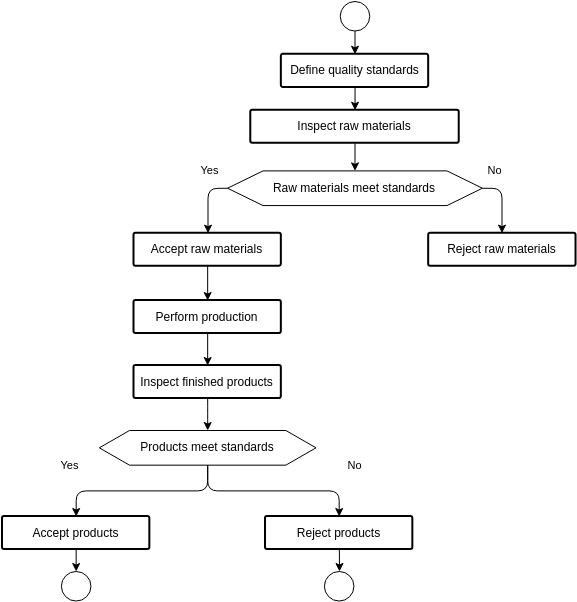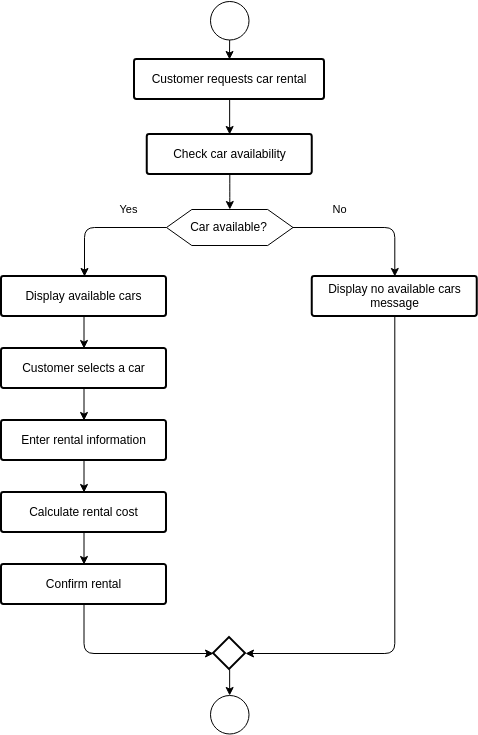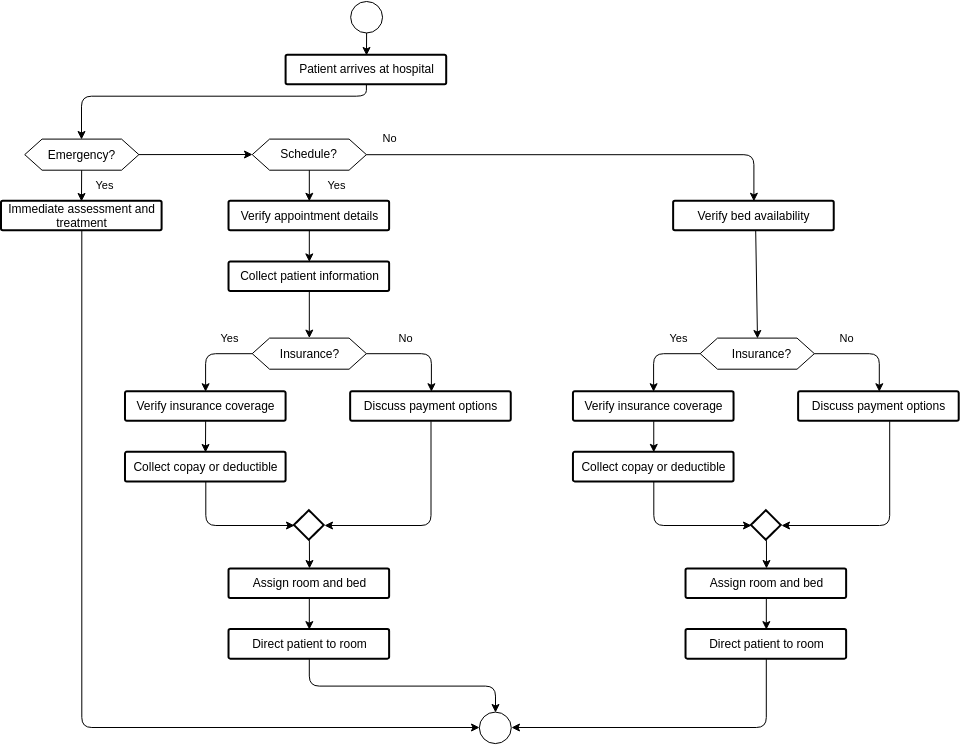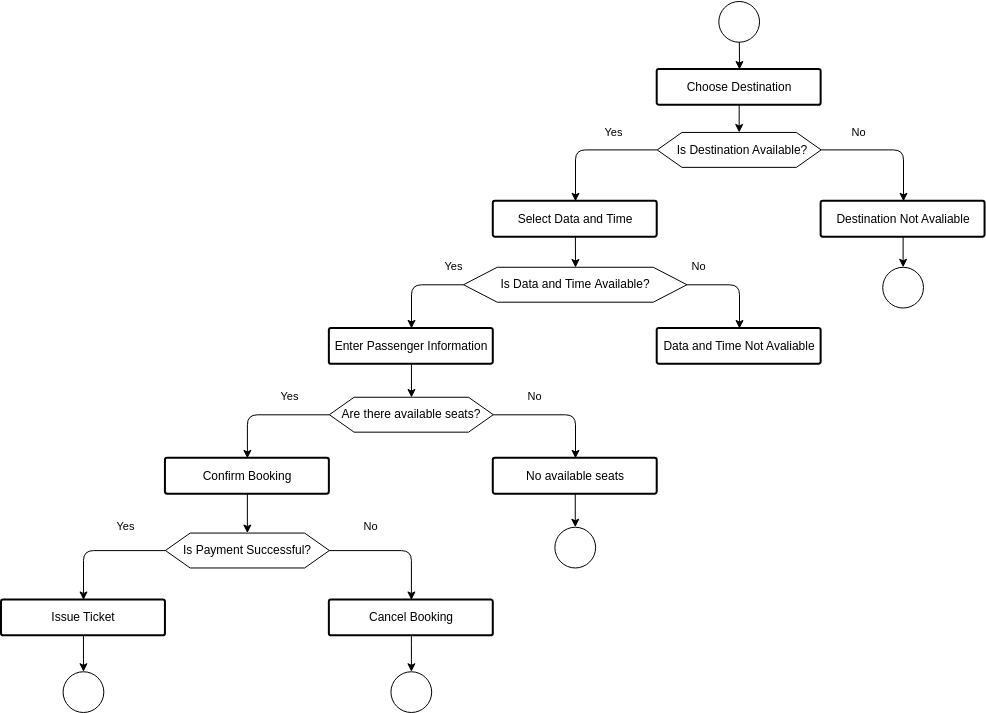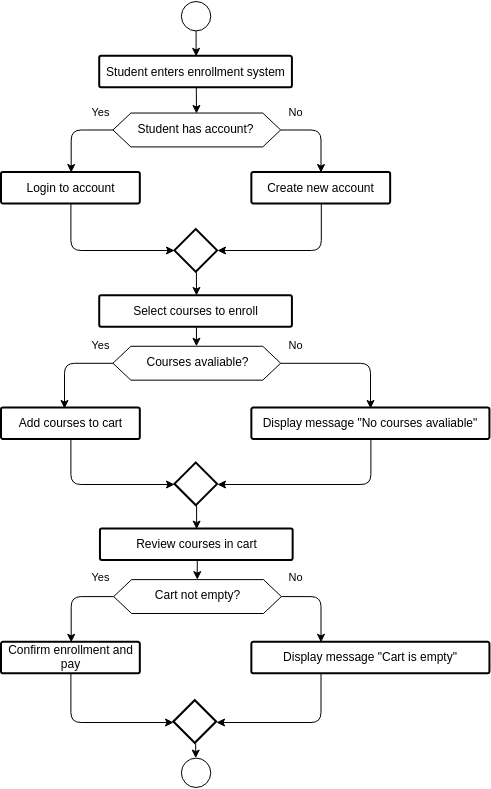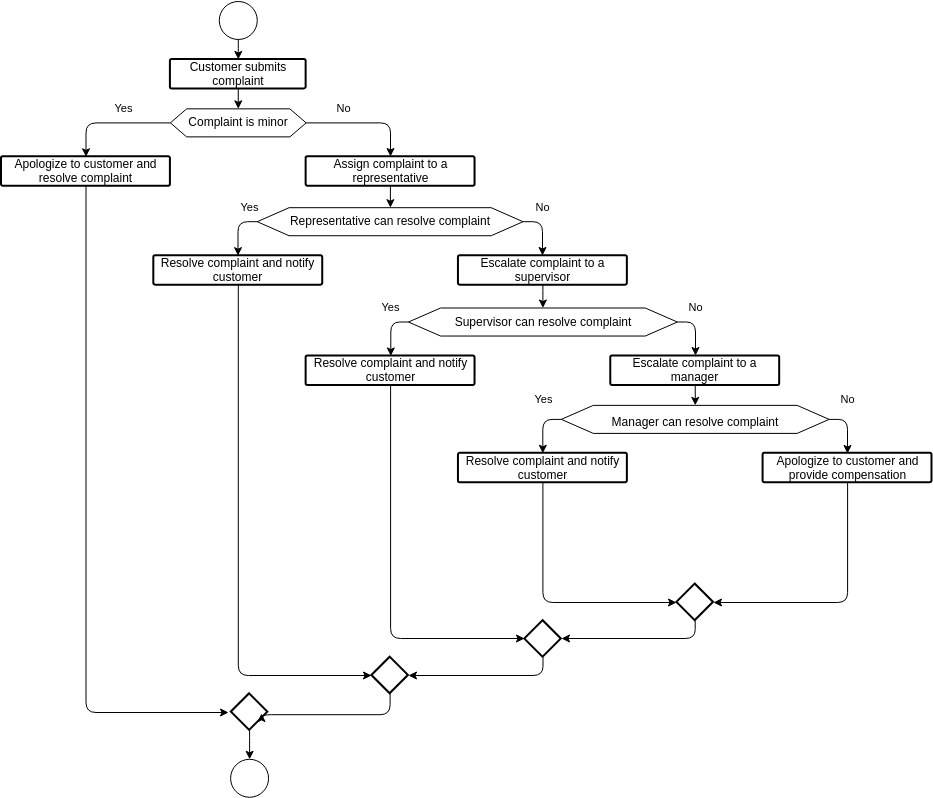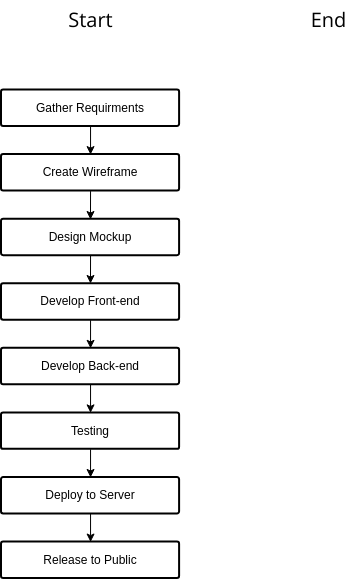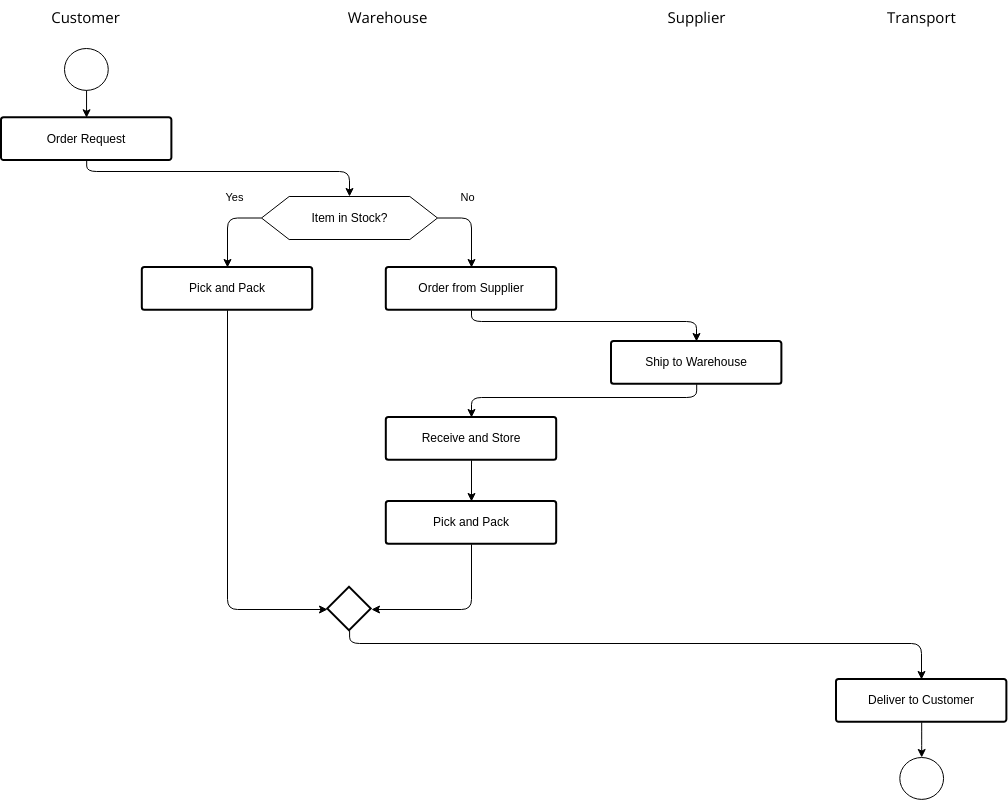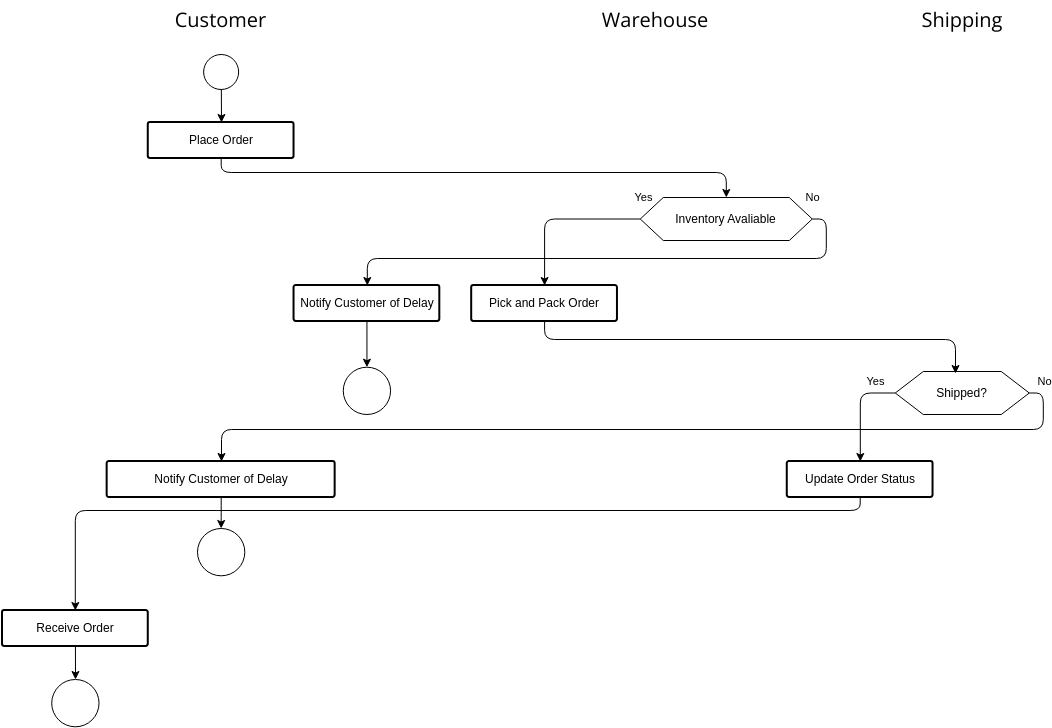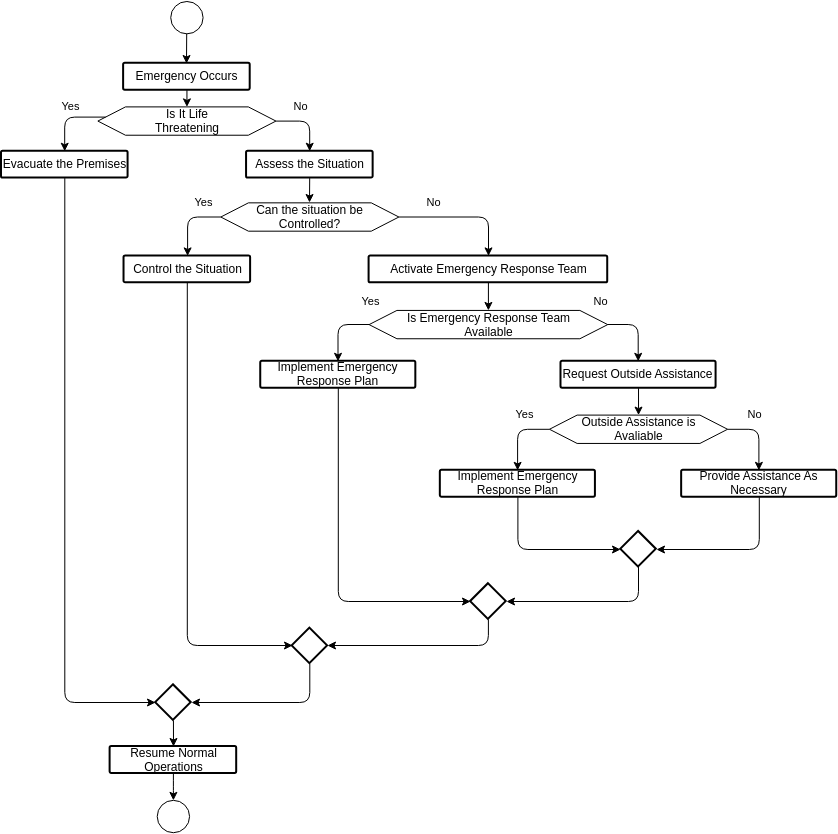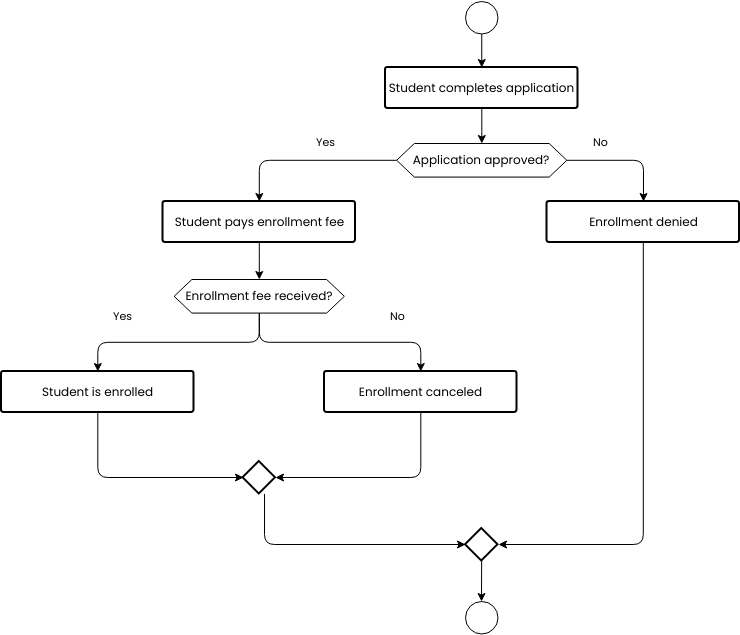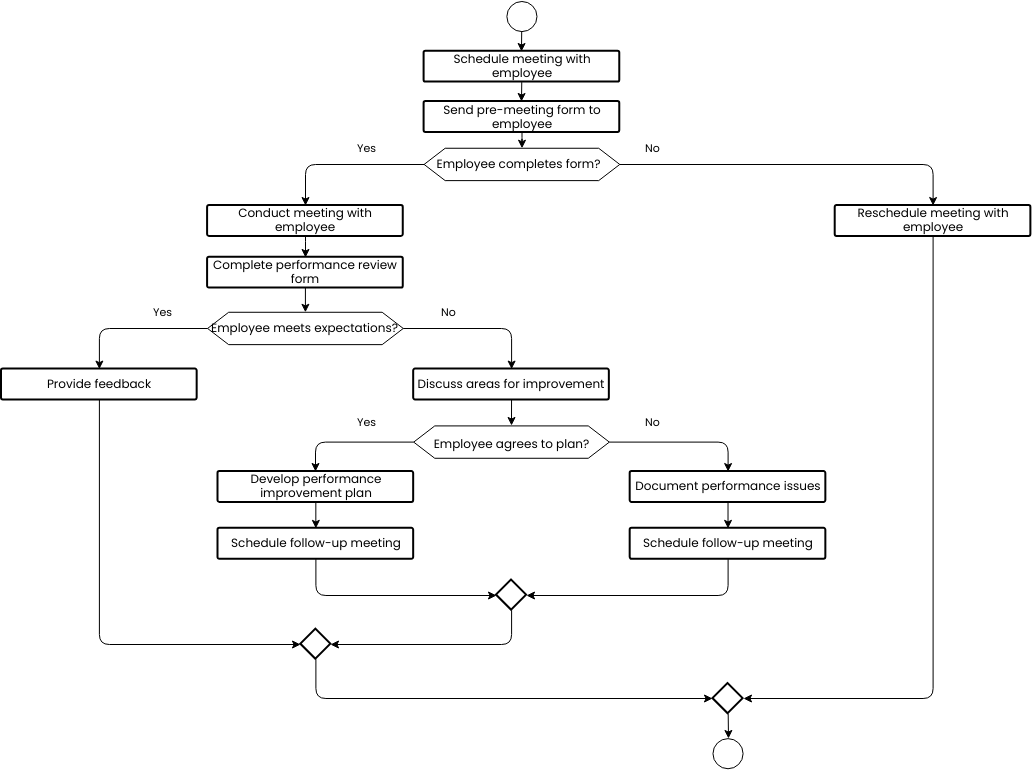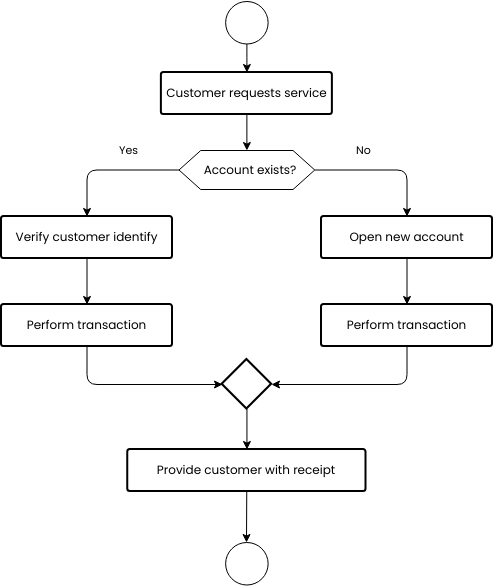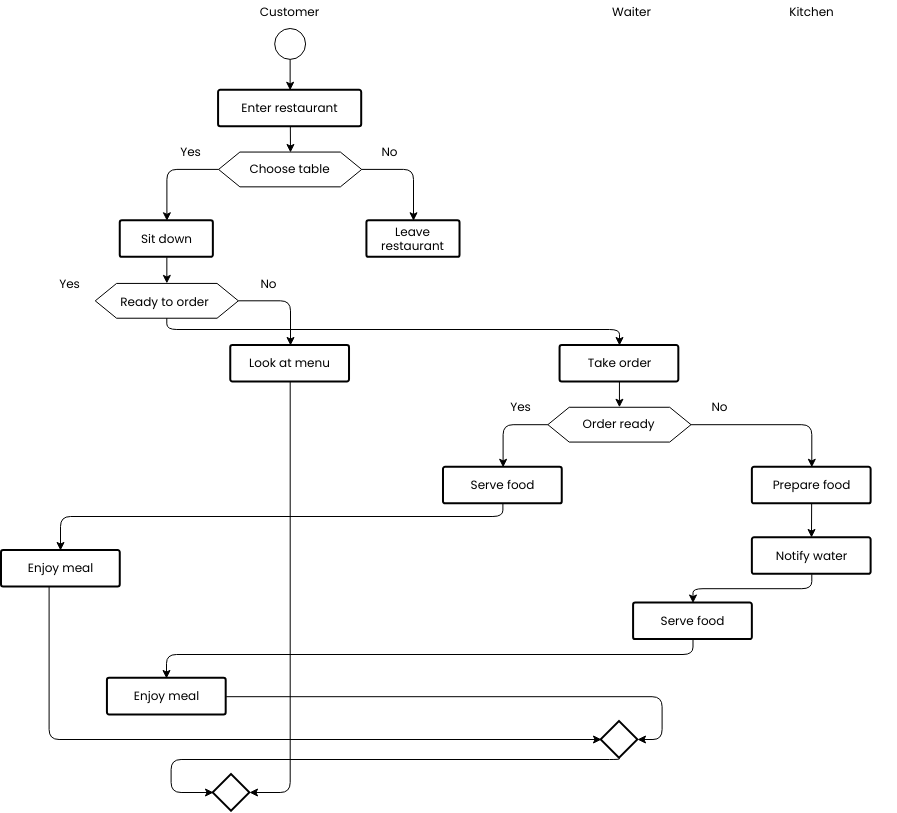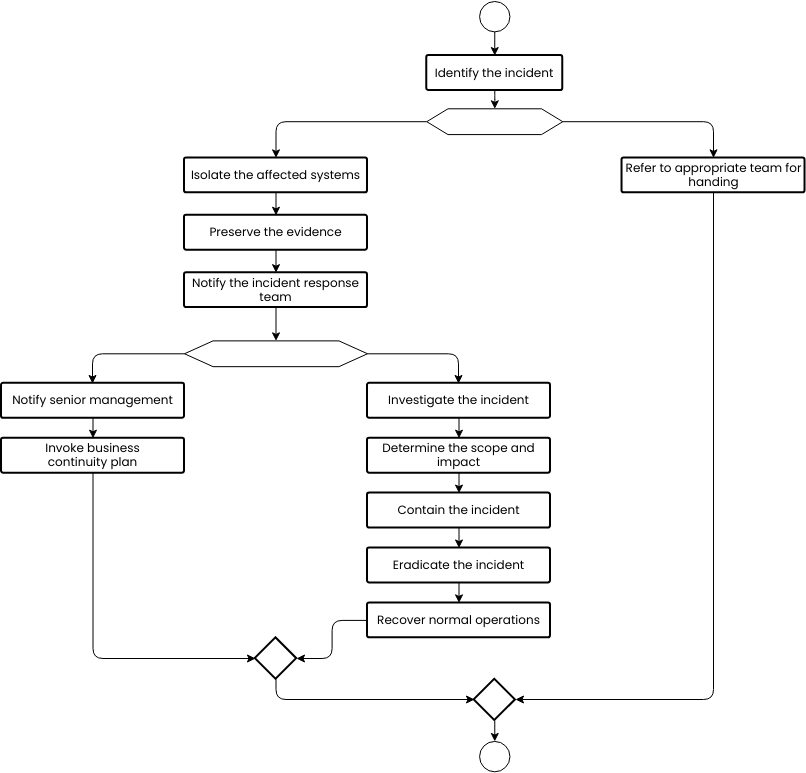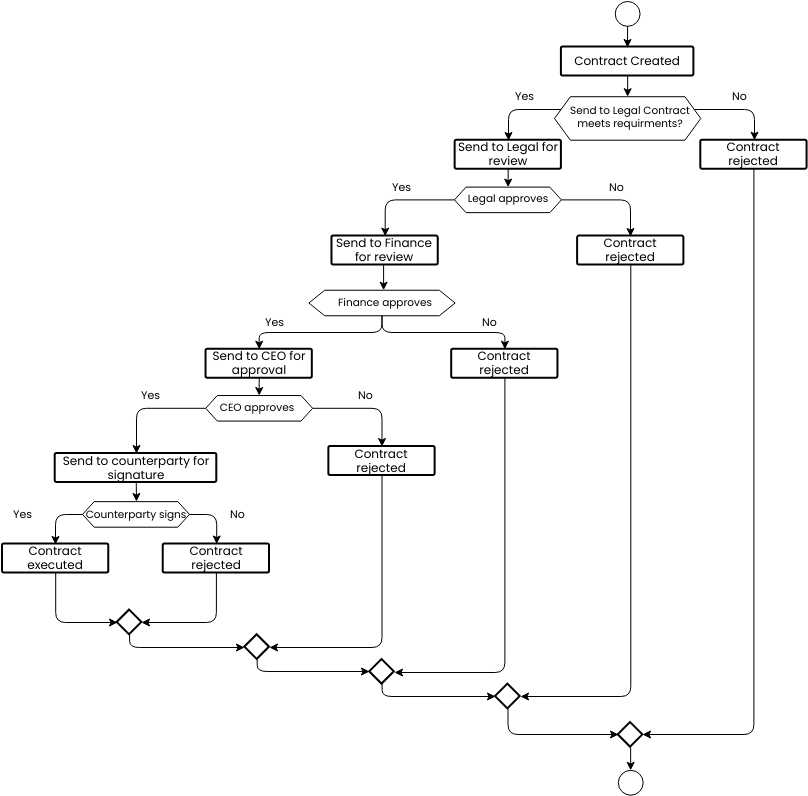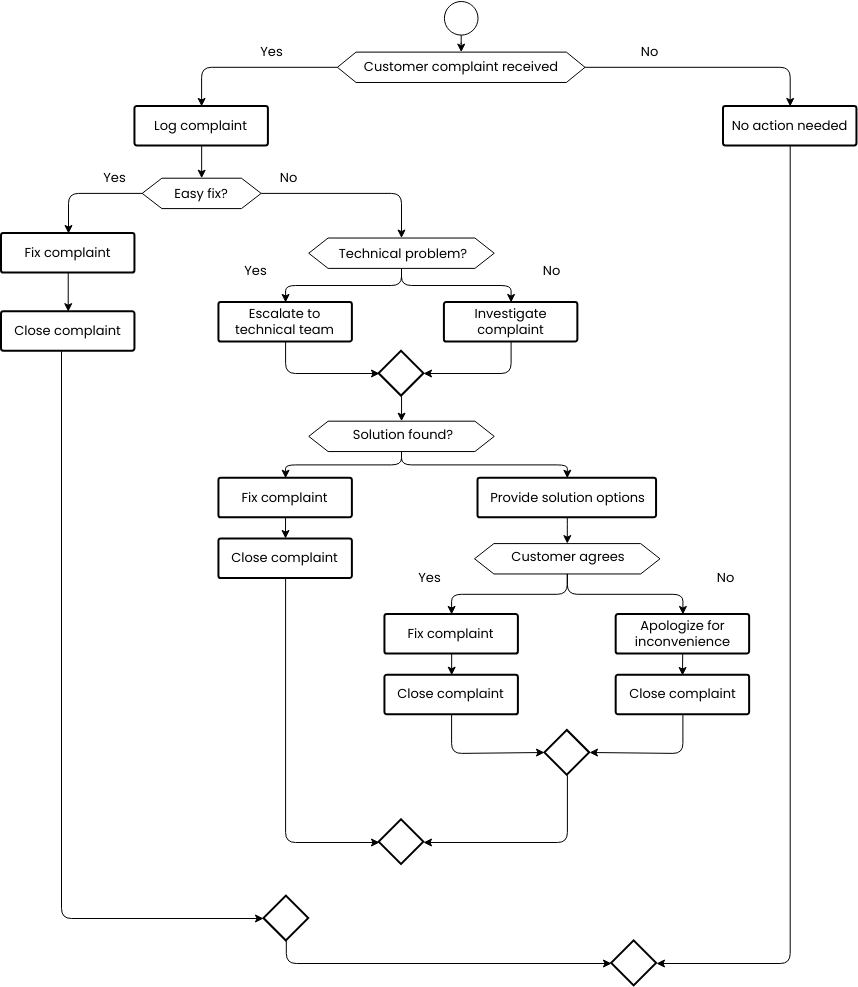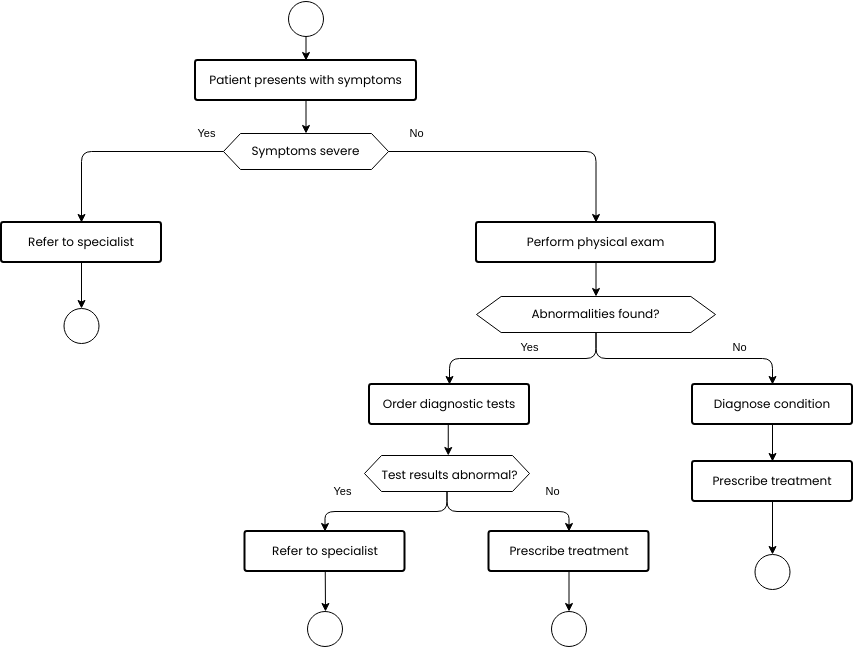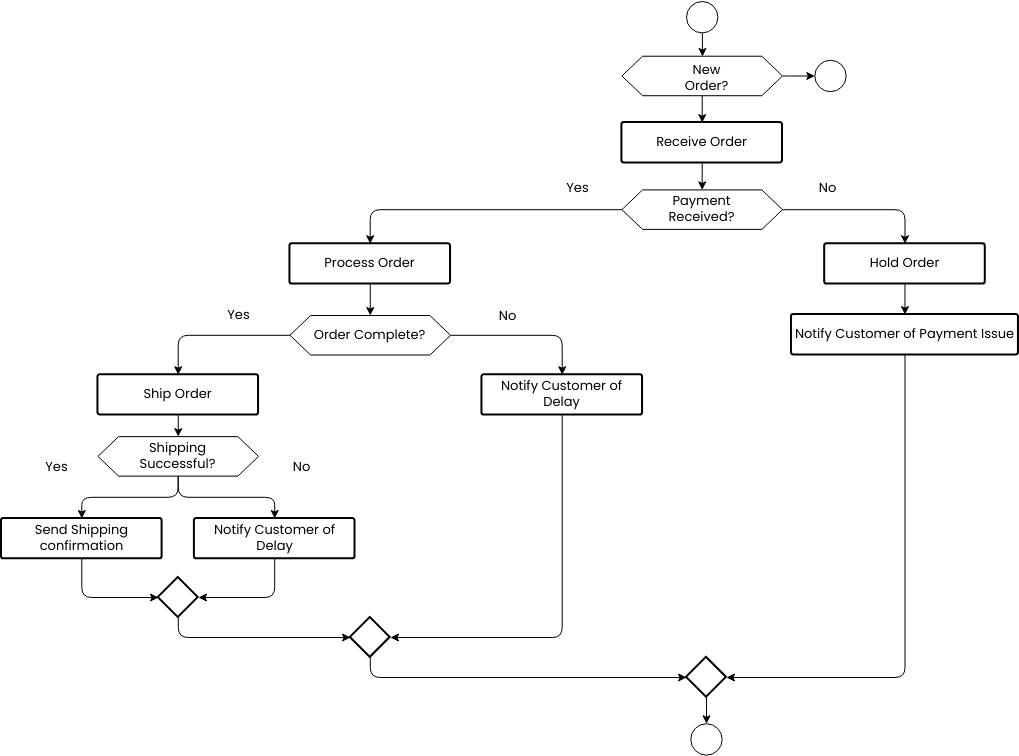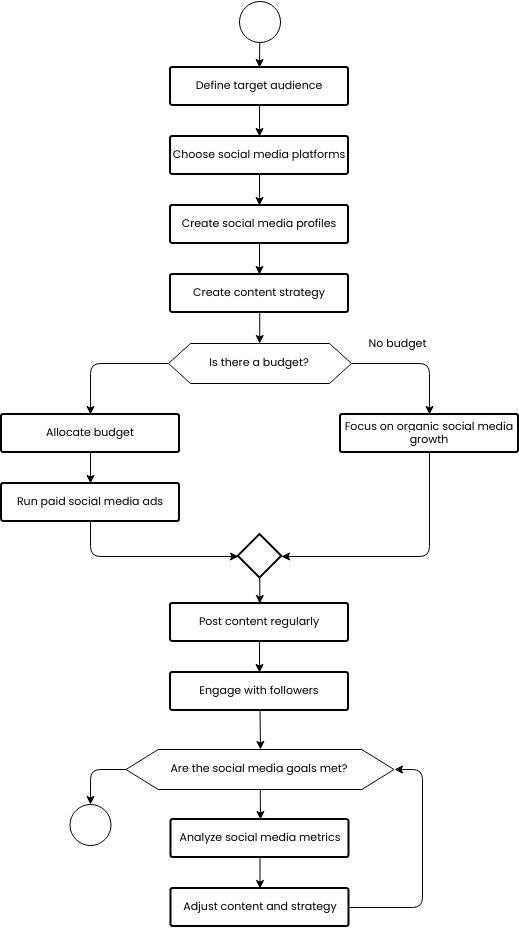Payment processing flowchart
The payment processing flowchart outlines the steps involved in planning and executing a successful payment processing campaign. The first step is to define the campaign goals, which involves determining what the campaign is intended to achieve. This is important as it helps to ensure that the campaign is aligned with the overall payment processing strategy and that success can be measured.
The next step is to identify the target audience. This involves researching and understanding the characteristics of the ideal customer for the payment processing service being promoted. This step is crucial as it helps to ensure that the campaign is focused on reaching the right people.
Developing a campaign strategy is the next step in the payment processing flowchart. This involves determining the best approach to reach the target audience, such as email marketing, targeted advertising, or referral programs. Developing a campaign strategy is important as it ensures that the campaign is designed to achieve the defined goals and objectives.
Allocating a budget for the payment processing campaign is the next step. This involves determining how much money will be spent on each aspect of the campaign, such as advertising, campaign materials, or incentives. Allocating a budget is important as it helps to ensure that the campaign is cost-effective and that resources are used efficiently.
Creating campaign materials is the next step in the payment processing flowchart. This involves developing content that is engaging and informative, such as videos, brochures, or case studies. Creating campaign materials is important as it helps to increase awareness and understanding of the payment processing service being promoted.
Launching the payment processing campaign is the next step, involving putting all of the elements of the campaign together and executing it according to the plan. Launching the campaign is important as it marks the beginning of the promotion and allows the payment processing team to start measuring the success of the campaign.
Evaluating the results of the campaign is the next step in the payment processing flowchart. This involves analyzing the data to determine whether the campaign achieved its goals and objectives. Determining areas for improvement and adjusting the strategy for future campaigns is the final step in the payment processing flowchart. This involves making changes to the campaign based on the results of the evaluation to improve the effectiveness of future campaigns.
Overall, by following this payment processing flowchart, payment processing teams can ensure that each step is performed correctly and efficiently, resulting in a successful campaign that reaches the right audience, achieves its goals and objectives, and drives business results. This flowchart can also help to identify potential issues or gaps in the campaign planning process that may need to be addressed, improving the overall effectiveness of the payment processing strategy.
Advantages of designing a payment processing flowchart
Designing a payment processing flowchart provides several advantages that can help payment processing teams plan and execute successful campaigns. First, a flowchart can improve the efficiency of the payment processing campaign planning process by outlining a clear and logical sequence of steps. By following a flowchart, payment processing teams can ensure that each step is taken in the most efficient order, saving time and resources. This can also help to ensure that all necessary steps are taken, reducing the risk of errors or omissions.
Second, a payment processing flowchart can ensure consistency in the campaign planning process. By following the same sequence of steps each time, regardless of who is performing the campaign planning, payment processing teams can ensure that the campaign is aligned with the overall payment processing strategy and that success can be measured. Consistency in the campaign planning process is important as it helps to ensure that the campaign is focused on reaching the right audience and achieving its goals and objectives.
Overall, designing a payment processing flowchart can help to ensure that payment processing campaigns are planned and executed efficiently, with consistent results and minimal errors. By using a flowchart, payment processing teams can identify potential issues, standardize processes, and improve the overall effectiveness of their payment processing strategy. This can help to increase revenue, reduce payment processing costs, and improve customer satisfaction, driving business results and building long-term success.
Are you in need of flowchart design templates? Visit Visual Paradigm Online now and explore a variety of customizable templates to choose from.
